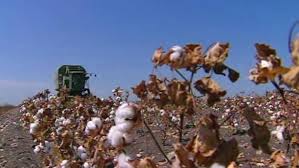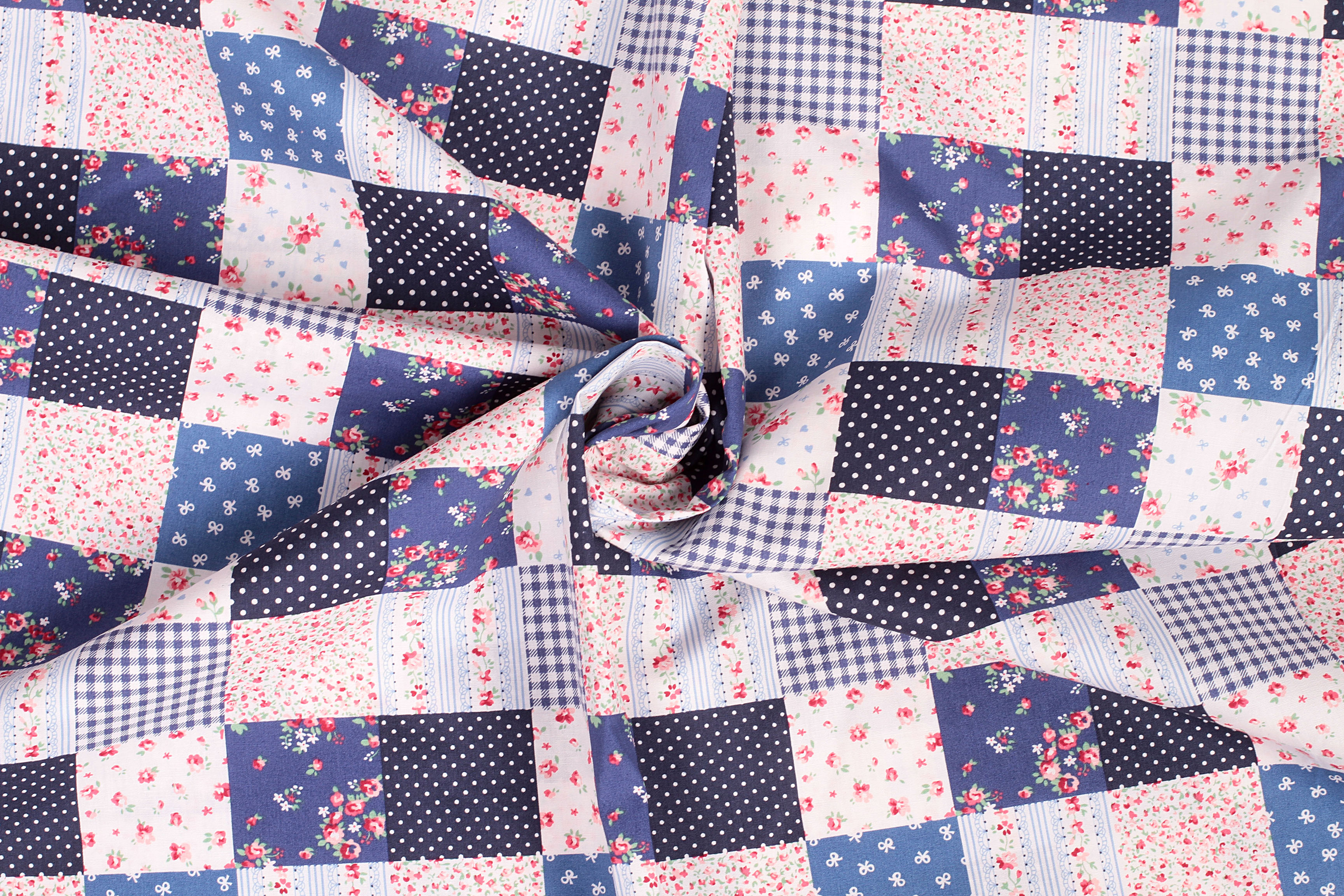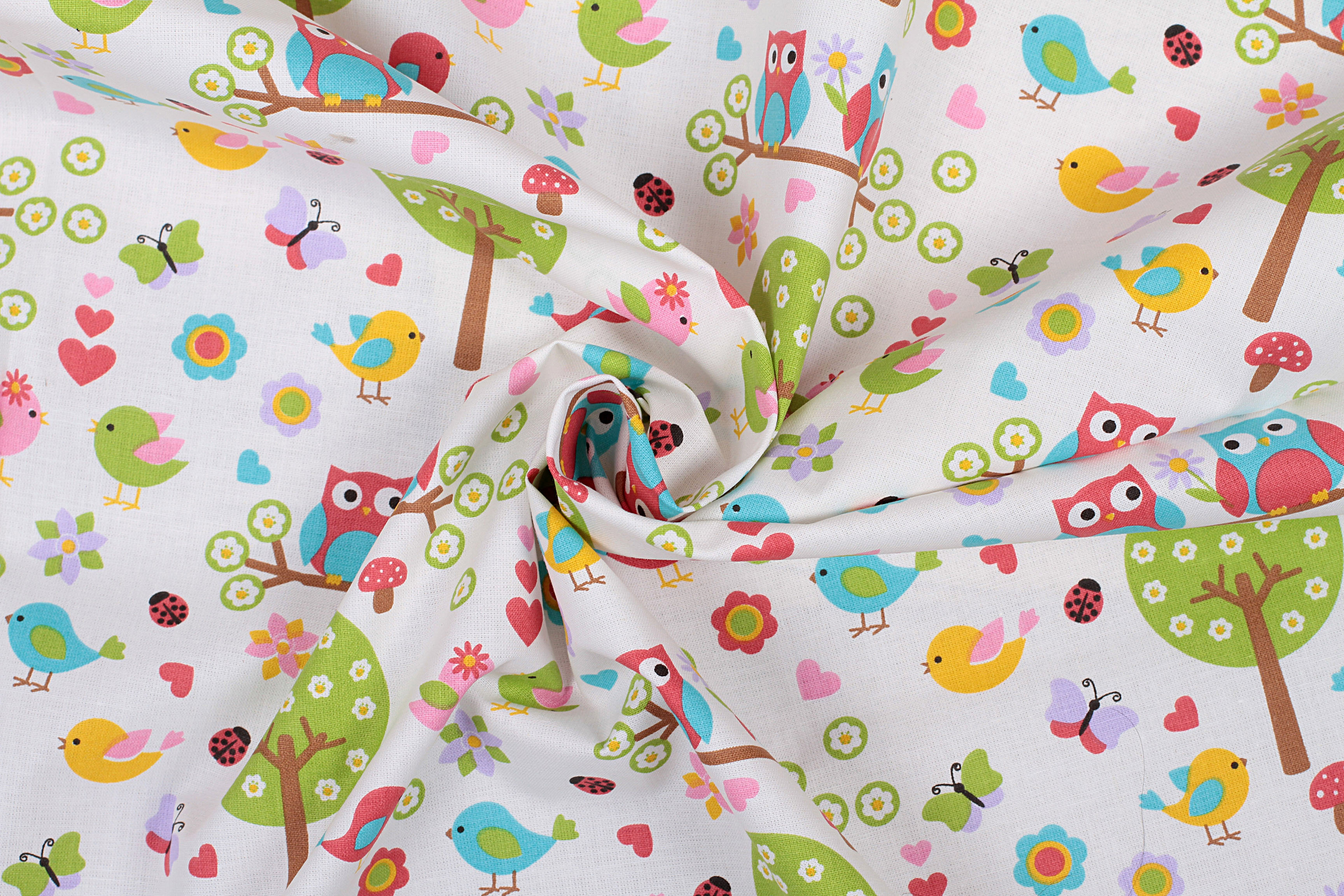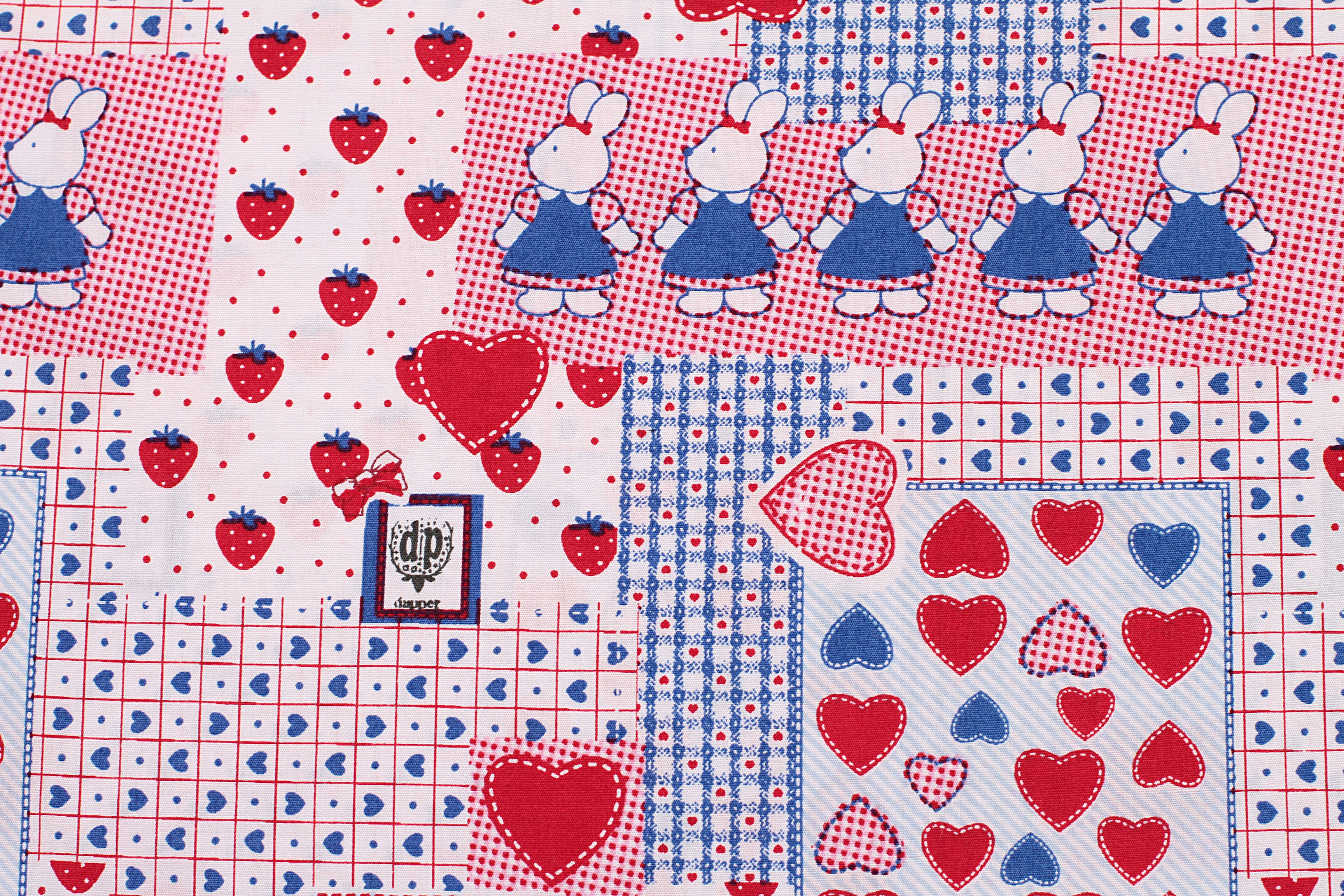How cotton is grown and what are its uses.
Cotton was already known to the ancient Egyptians, who used it to produce light textiles for wealthy citizens. It was only in the Middle Ages that cotton first reached Europe and became the most used natural fiber. Today, cotton is grown in the subtropical zone and is mainly imported from Egypt, USA, China, Pakistan and India.
How is cotton harvested?
There are over 60 species of cotton in the world, but the bush cotton is mainly used for cultivation, which is grown as an annual bush and grows to a height of 1.5 to 3 m. On the bush, capsules with seeds of cotton fibers are formed, growing to the size of a walnut and after ripening the cotton tufts burst and come loose. In this period comes the harvest, which takes place manually or by machine. The machine picking is not so good and the tufts of cotton get damaged. After picking , dirt and remaining seeds must be removed from the cotton . After its removal, the cotton fibers are sorted according to length, which determines quality and further use.

A cotton fiber consists of one cell, which under a microscope resembles a coiled ribbon with reinforced edges with a kidney-shaped cross-section, and during a special treatment of mercerization, the fibers are straightened and twisted. During mercerization, the fabric is soaked in caustic soda under constant tension, and the twist is removed from the fibers and their surface is smooth.
Whether the fabric contains cotton can be accurately determined during a combustion test. When ignited, the substance burns with a bright luminous flame and when extinguished leaves a small amount of light gray ash and the smell of burning paper.
What are the properties of cotton?
Cotton stands out for its properties. Among the properties of interest mainly to consumers is certainly good warmth , which is caused by the shape of the fiber and the retention of enough air. The good ability of the fabric is to absorb moisture up to 27% . If the fabric is not pre-treated with a special mercerization treatment, it tends to shrink a lot. Among the negative properties of cotton is the effect of sunlight on the fabric , which slowly turns brown and its strength decreases.
Cotton fiber is made up of 87% - 91% cellulose and the rest of the percentage is made up of water, proteins, fats, waxes and their color is white to dark brown.
| Property | Intensity (1-5) | |
|---|---|---|
| Sense of touch | soft and pleasant to the touch | 5 |
| Aesthetic impression | natural, soft, matte look | 4 |
| Color fastness | medium to high | 4 |
| Absorbency, to absorb | high | 4 |
| Tensile strength | medium to high | 4 |
| Shape stability, flexibility | medium | 3 |
| Surface adhesion | medium | 3 |
| Wear resistance | medium | 3 |
How to care for and sew with cotton ?
Cotton fabric is very suitable for sewing. It is a natural material that is easy to handle and relatively durable. It has high absorbency and good breathability, making it ideal for garments that are in direct contact with the skin.
- A choice of tools for sewing cotton
When sewing cotton fabric, the right choice of tools is important. For sewing cotton, medium gauge needles and durable threads that are able to withstand pull and wear are recommended. There are special cotton threads that are ideal for sewing cotton. As for sewing machines, most home sewing machines are capable of handling cotton fabrics .
- Processing of cotton material
In terms of processing , cotton fabric is less slippery than many synthetic materials, making it easier to cut and sew. Cotton fabric can also be glued, which can be useful for certain types of projects, such as scrapbooking or applique.
- Washing cotton fabric
Cotton fabrics are generally very durable and can be machine washed. Cotton fabric can withstand higher washing temperatures , but to avoid shrinkage, it is recommended to wash cotton products at lower temperatures. Cotton also tolerates most common detergents .
- Ironing cotton fabric
When ironing cotton fabric, it is important to set the correct temperature. Cotton can withstand higher temperatures than many synthetic fabrics, but it is still important to iron according to the instructions on the label of the particular garment. Steam can be useful for removing creases and wrinkles.
- Drying cotton
Cotton fabric can be dried both on the dryer and in the dryer . When drying in a dryer, the fabric should be spread evenly to avoid excessive folding or wrinkling. When drying in a dryer, it is important to set a lower temperature to prevent shrinkage. Cotton also tolerates the outdoors , but direct sunlight can cause the color to fade.
- Storage of cotton fabric
When storing cotton fabric, it is important that it is kept in a dry and ventilated environment. Cotton fabric should be folded flat to avoid creases and wrinkles. Before storage, the fabric should be clean and dry to prevent mold or pests. Cedar wood or lavender bags can be used to protect cotton fabric against pests such as moths.
Cotton and its use
Cotton fabrics have a wide range of uses. Lower-quality cotton fibers are used for the production of paper, coarser yarns, or for the production of silk . High-quality cotton fabrics are used for the production of clothing , decorative , technical textiles and threads .
Cotton currently accounts for 30% of all textile production and can be found in almost all fields. Despite the wide range of polyester fabrics , cotton still holds its place not only in our wardrobes. The name queen among fabrics rightfully belongs to her and in stores or e-shops you will find her under the abbreviation ba.
Jeans
Jeans are often made from cotton, specifically denim , which is a type of heavy cotton fabric. This fabric is highly durable and comfortable, making it ideal for everyday wear. However, jeans can also be made of polyester. Polyester is a synthetic material that is extremely durable and less prone to wrinkling and shrinking than cotton. This means that polyester jeans can withstand wear and tear better and hold their shape longer than their cotton counterparts.
Flannel shirt
Flannel shirts are popular for their softness and thermal insulation, making them ideal for colder weather. Cotton is often used to make flannel shirts for its absorbency and breathability. Still, some flannel shirts can be made of silk . A natural fiber that is very soft, light and has a luxurious feel to the touch. Shirts made from silk can offer a more elegant and refined look than their cotton counterparts.
Summer dress
Cotton sundresses are popular for their lightness and breathability, which is perfect for the hot summer months. Cotton is also known for its ability to absorb sweat, which can help keep the body fresh and dry. However, some summer dresses can be made of viscose. Viscose is a semi-synthetic fabric that is soft, light and has a subtle sheen. Viscose dresses can provide more comfort and a more luxurious look than cotton dresses.
Denim skirt
Often made from cotton, denim skirts are popular for their durability and versatile style. Cotton also allows the skirt to breathe and absorb moisture, which increases wearing comfort. On the other hand, some skirts can be made of wool. Wool is a natural material that is warm, durable and has a luxurious look. Wool skirts may be more suitable for cooler weather and more formal occasions than their cotton counterparts.
Cotton vest
Cotton vests are popular for their breathability and ability to keep warm in cold weather. Cotton also provides comfort and softness that increase the overall wearing comfort. On the other hand, some vests can be made of polyamide. Polyamide is a synthetic material that is durable, lightweight and dries quickly. Polyamide vests can provide greater wear and water resistance than their cotton counterparts.
Cotton blouse
Cotton blouses are popular for their softness and breathability. Cotton also provides comfort and a natural look that is perfect for everyday wear. However, some blouses can be made of silk. Silk is a natural fiber that is very soft, light and has a luxurious feel to the touch. Silk blouses can offer a more sophisticated and luxurious look than their cotton counterparts.
Cotton jacket
Cotton jackets are popular for their lightness, breathability and natural look. Cotton is also able to absorb moisture, which increases wearing comfort. However, some jackets can be made of wool. Wool is a natural material that is warm, durable and has a luxurious look. Wool jackets may be more suitable for cooler weather and more formal occasions than their cotton counterparts.
Combination of cotton with other materials
Cotton is a very compatible material that can be combined with different types of fabrics, either to increase strength, elasticity or simply to achieve a certain aesthetic.
Cotton is often combined with polyester to increase durability and reduce shrinkage. The combination with silk or wool gives the fabrics a luxurious look and feel. Cotton fabrics can also be combined with lycra to add elasticity, which is useful for example in sportswear.
As for colors , cotton is easily dyed, so a wide range of color shades and combinations can be achieved. It also lends itself well to different textures and finishes , such as mercerization, a process that improves the luster and durability of cotton fabric.
Use of cotton in clothing
Cotton is often used in layering clothing for its breathability and ability to absorb moisture. The cotton lining is comfortable on the body, while the outer layer of another material can provide additional weather protection or an aesthetic effect.
In terms of details , cotton fabric is strong enough to hold shape and structure, which is important for creating collars, cuffs or pockets, for example. It is also easy to embroider, making it ideal for embroidery and other decorations .
In addition, cotton is an ideal material for printing, so it is often seen on t-shirts and sweatshirts with graphic designs or slogans. Its general adaptability makes it a great choice for a wide range of garment applications.
Ecological impact of cotton fabric
Cotton is a natural material that is fully biodegradable, making it one of the greenest options when it comes to fabrics. However, growing cotton can have a significant impact on the environment, as it requires large amounts of water and is often associated with the use of pesticides.
The sustainability of cotton can vary greatly depending on how it is grown. Organic cotton is grown without the use of synthetic pesticides and with less water. In addition, some farms try to use rainwater and recycle water from the processing process to reduce their impact on the environment.
In terms of recycling , cotton fabrics are fully recyclable and can be processed back into fibers that can be used to make new fabrics. This process can significantly reduce the need for new sources of cotton.
source: pridnivi-matrace.cz, ceskatelevize.cz




This online store stores cookies that help it function properly. By using our services, you agree to their use.